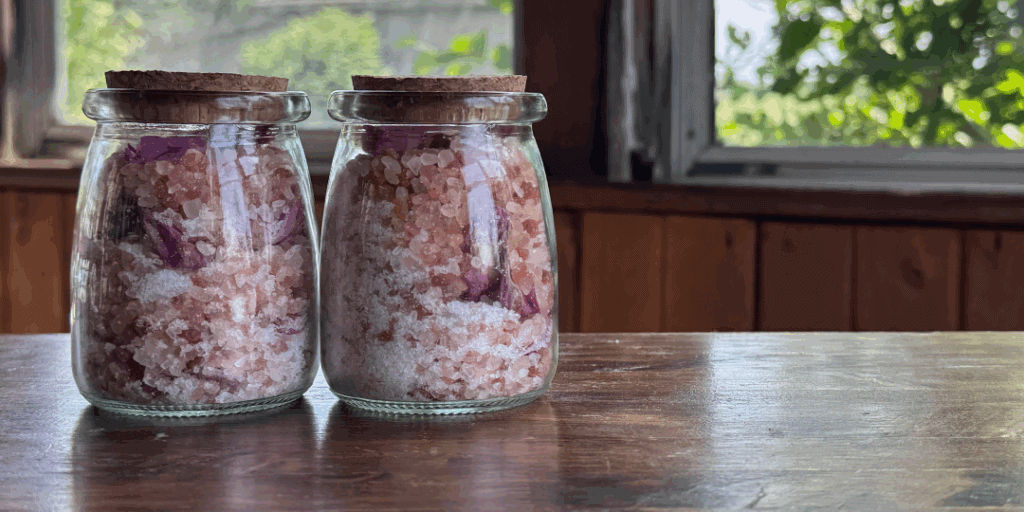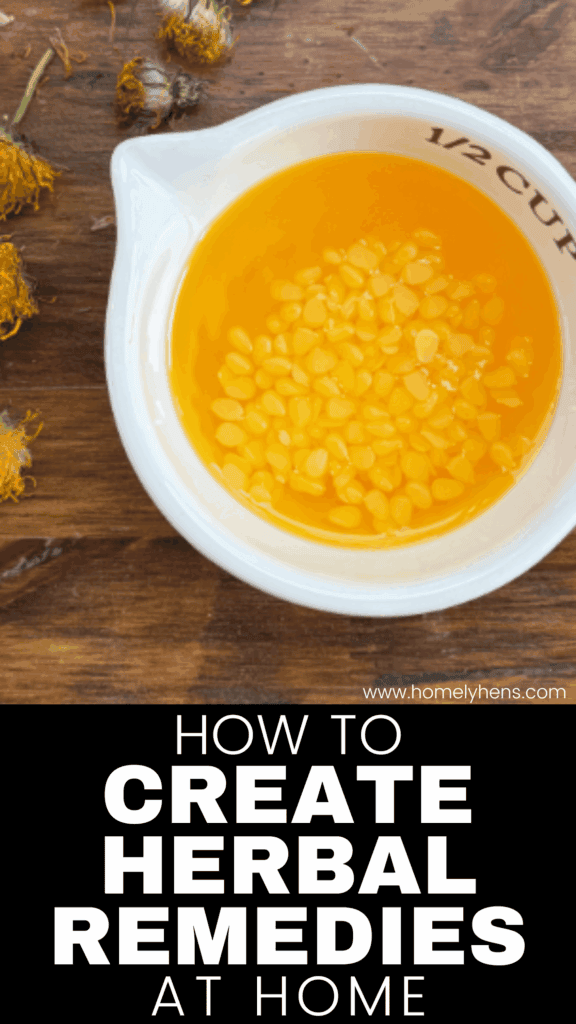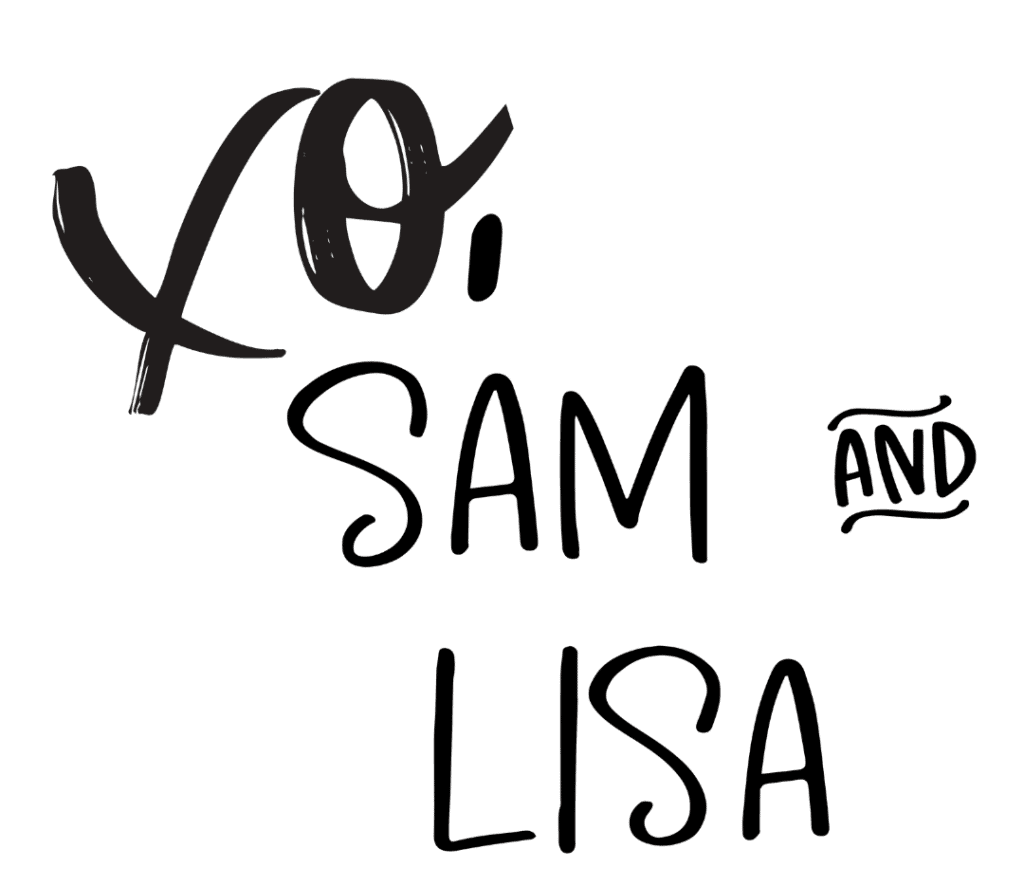Herbal Remedies for Natural Healthy Living: Simple Recipes & Everyday Uses
If you’re curious about using herbal remedies for natural, healthy living, you’re in the right place. Whether you want to make your own soothing salves, nourishing oils, skin-friendly soaps, or simple DIY remedies for everyday wellness, this page is packed with practical ideas and trusted recipes.
Learning how to use herbs at home is a rewarding step toward a more natural, self-sufficient lifestyle—and it doesn’t have to be complicated. With the right tools and a few good herbs, you can start creating your own herbal care products and routines that support your whole family’s well-being.

This post contains affiliate links. This will not cost you anything, but it helps us to offset the cost of running the blog. We only share products we are using and items we would recommend to a friend. Thank you for your support! Click ‘HERE’ for more info.
What is Herbal Living and Why It Matters
Herbal living is so much more than drinking teas and making a couple of DIY skincare products. It is a more natural, sustainable, and toxin-free lifestyle that people choose for many reasons. It’s accessible whether you’re in the city, suburbs, or on a full homestead, and it often goes hand in hand with cooking from scratch, food preservation, and natural homemaking.
Many people begin using herbs to support immune health, soothe skin, or aid digestion in a more natural way, stepping away from store-bought or pharmaceutical options. Some key elements of herbal living is learning how to grow or forage herbs, replace conventional products, and learn traditional knowledge that can be passed down for generations.
Natural living is an important skill that we should all be learning and passing on for the better of our health as a society. Here are a few key benefits of herbal living:
Puts You in Control of Your Health
Having knowledge about herbal remedies and natural ways to help our bodies gives us so much power! It makes us independent from having to blindly trust anyone about our health.
When you learn natural ways of taking care of yourself and your family, you can feel confident that your remedies are safe and non-toxic, and still get the job done, whether it is treating a bee sting on your child, washing your body with nontoxic soap, or cleaning your house with cleaners that won’t off-gas dangerous chemicals.
Saves Money Over Time
Making your own bath soaks, infused oils, or teas using what you grow or forage keeps costs low, and quality high. The first step is knowing that more natural herbal remedies and less toxic ingredients are important in your products. This can still be expensive to buy, though.
Learning how to forage, buy ingredients instead of products, and then make some of your own products will help offset the cost. Even if you can’t make everything yourself, making a few things here and there makes a big difference.
Supports Sustainability
Herbal living encourages less waste, fewer chemicals, and local or homegrown ingredients. It aligns with homesteading and eco-friendly values, using what you have, and doing more with less.
Preserves Traditional Knowledge– It keeps folk wisdom and ancestral practices alive, skills that were passed down for generations. Making a salve or brewing a tea connects you to a slower, more intentional way of life.
I don’t know about you, but I wish some of these things were taught to me as a child. What kid doesn’t love to make his or her own concoction out of foraged herbs? Was I the only one who made soups and teas out of whatever I could muster up while playing outside? Of course, I couldn’t eat or use most of what I made (I did call it Yucky Soup, after all)
Teaching my kids how to make herbal oils, salves, balms, and natural cleaners is not only fun, but it’s also giving them the knowledge that they will be able to use and carry on with them. Turn a fun childhood activity into something that they can actually eat, drink, or use! Keeping in mind all the safety precautions along the way.
Strengthens Your Connection to Nature– Herbal living is hands-on. You learn when plants bloom, how they grow, and what they’re good for. It fosters a deep appreciation for God’s creation and the rhythms of the natural world.

Homemade Herbal Salves and Balms for Natural Skincare
Balms and salves are thick, oil or fat-based ointments used on the skin to protect, soothe, or heal. They’re made by combining herbs, oils, and beeswax—no water—so they stay shelf-stable and form a gentle barrier on the skin. Both are commonly used in herbal living for dry skin, scrapes, aches, or minor irritation.
Did you know you can make a powerful, all-natural, hydrating balm with only 1 ingredient (hello, whipped tallow!)? Add in a couple of other ingredients to make it light, smooth, and aromatic.
Having the knowledge base to make different skin-soothing and healing salves and balms is an irreplaceable gift.
Lemon Balm Lip Balm for Cold Sores – Soothe cold sores with this DIY balm.
Plantain Salve – Heal bites and scrapes with plantain salve.
Dandelion Salve – DIY salve for skin relief and healing.
Calendula Tallow Baby Balm Recipe – Gentle balm for baby’s delicate skin.
Whipped Lavender Tallow Balm – Rich, calming balm for sensitive skin.

How to Make Herbal Oils and Infused Oils at Home
Making herbal and infused oils at home is a simple process that anyone can learn. You can buy already dried, organic herbs to infuse, or you can grow or forage your own flowers and herbs from your yard. Making a simple oil infusion can help soothe and heal minor skin irritations with just a few simple ingredients.
Dandelion-Infused Oil – Easy herbal oil with skin-soothing benefits.
Plantain-Infused Oil – Herbal oil for salves and healing blends.
Calendula-Infused Coconut Oil – Soothing oil infusion for skin care.
Lemon Balm-Infused Olive Oil – Calming oil for herbal balms and more.

DIY Herbal Soap and Body Care Products
Handmade soap is a lost art that really needs to make its way back around! Store-bought soaps have moved so far away from the simple soaps that we used to use. They contain chemicals that disrupt our hormones and dry out our skin, to name a few things. Getting back to simple and handmade soaps is a great way to show yourself and your family self-care.
Whether you buy it from a trusted small business or learn how to make your own soap, you can have beautifully crafted herbal soaps that will clean and nourish your body, without the negative side effects.
Benefits of Tallow in Soap and Skincare – Why tallow is great for natural skincare.
Why does Lye Need to be in Soap? – Learn why lye is essential in soapmaking
Essential Oils for Soaps – Top oils to scent your soap naturally.
3 Ways to Make Bar Soap Last Longer – Tips to Stretch Your Handmade Soap.
Natural Herbal Remedies for Common Ailments
Wouldn’t it be nice if you could treat common ailments like upset stomachs, dry skin, bee stings, and minor cuts and burns at home, without having to use Western medicine? You can when you learn about herbs and natural products. Nature is full of beneficial plants that can help with most of these things, and you can house them right in your cabinet.
Having a medicine cabinet full of herbs, oils, and salves to help you when you need them is such a relief. Your go-tos don’t have
Fig Leaf Tea for Health – Benefits and how to brew fig tea.
Nontoxic Swaps to Make in Your Home – Simple, safer swaps for everyday use.

Simple DIY Herbal Skincare Remedies
Skincare products don’t need a laundry list of ingredients or to be formulated in a lab. Basic skincare can be made with only a few natural or herbal ingredients.
Discover the benefits of simple ingredients like flowers, herbs, natural oils, and fats, and you’ll have a world of skincare remedies at your fingertips. Between sugar scrubs and bath soaks, you’ll love these recipes.
Peony Bath Soak – Relaxing floral soak for soft, nourished skin.
3 Tallow Products for Winter Skin – Moisturizing tallow recipes for dry skin.
Dandelion Tallow Sugar Scrub – Exfoliate and hydrate with this herbal scrub.
Ditch Toxic Ingredients in Skincare – Why ditch mainstream skincare and switch to natural.
Herbal Preparation Techniques (Drying, Rendering, & More)
Gaining knowledge about ingredients is step one in the natural living journey. The next thing we need to learn is how to prepare the ingredients of our remedies. This includes drying herbs and flowers and rendering or preparing the fats used in some balms and soaps.
Trial and error works sometimes, but having clear-cut instructions on how to prepare the ingredients for your DIY products makes things a lot easier. Learning techniques for making your skincare remedies is as much a traditional skill as knowing what herbs to use for which ailments. Let’s keep learning and growing with new techniques together.
Drying Dandelion Flowers – How to dry dandelions for tea and skincare.
3 Ways to Dry Calendula Flowers – Three simple ways to dry calendula at home.
How to Dry Render Tallow – Turn raw fat into rich tallow for skincare.

Herbal Remedy Making Supplies We Recommend
Making natural skincare and common herbal remedies is well worth the time and effort it takes to learn how to do it. Getting started doesn’t require a fully stocked apothecary — just a few versatile, hardworking tools. A dehydrator is especially helpful for drying homegrown herbs and flowers while preserving their strength and shelf life. Once dried, herbs are stored beautifully in mason jars with airtight lids — ready to be used in teas, tinctures, or oil infusions.
For infusing herbs or rendering tallow, a crock pot set to low or warm gives you gentle, consistent heat without needing to hover over the stove. When your product is ready, funnels make transferring oils or salves into containers easy, while cheesecloth helps you remove plant material cleanly.
You’ll also want silicone stirring sticks and spatulas for mixing oils, waxes, or essential oils without waste, and a reliable digital kitchen scale to measure ingredients like beeswax, dried herbs, and carrier oils accurately. Finally, keep small tins and glass jars with lids on hand for storing or gifting your finished balms, salves, or herbal blends.
Common Ingredients for Homemade Herbal Remedies
Many of our favorite DIY salves, balms, and soaks use just a few core ingredients that we keep stocked year-round. Whether you grow and dry your own or prefer to source from trusted herbal suppliers, here are the staples we use most often:
Beeswax – Used in balms, salves, and lotion bars to help solidify oils and create a protective barrier on the skin.
Jojoba Oil and Other Carrier Oils – Jojoba is shelf-stable and skin-friendly, while oils like olive, sweet almond, or grapeseed are great for infusions and moisturizing remedies.
Dried Calendula & Other Flowers – Calendula is a go-to herb for soothing skin, but we also love using lavender, chamomile, and peony petals in infusions and bath soaks.
Dried Plantain & Other Healing Herbs – Plantain is one of our favorite “first-aid” herbs for bug bites and scratches. We also use yarrow, comfrey, and mullein regularly in salves and oils.
Rendered Tallow or Suet – We often render our own tallow to use in nourishing balms and whipped body butters. It blends beautifully with herbs and gives a rich, creamy texture. You can usually get suet from your local farmer. Look for grass-fed suet for the best quality tallow.
We source many of our herbs and ingredients from our garden or local farms, but when we need quality, organic herbs in bulk, we turn to suppliers we trust — like Mountain Rose Herbs. There are trusted companies selling on Amazon if you’re looking for convenience, great prices, and organic products.
Explore More Herbal Remedies and Natural Living Products
Want to dive deeper into homemade remedies, herbal projects, and natural body care? Explore our guides and how-tos across all of our herbal and natural living categories that are coming soon! Whether you’re learning to infuse oils, make soap, or treat seasonal sniffles naturally, we’ve got something for you.
- Salves and Balms
- Herbal Oils and Infused Oils
- Soap Making
- Medicinal Herbal Remedies
- DIY Herbal Skincare
- Natural Living for Homesteaders
FAQs about Herbal Remedies and Natural Living
An herbal remedy is a natural treatment made from plants to support health and healing. They can come in the form of teas, salves, tinctures, oils, or powders and are often used to ease everyday discomforts naturally.
Not exactly. Natural living focuses on reducing toxic load by using plant-based, simple alternatives—but it’s also about mindfulness, sustainability, and simplicity, not just ditching all chemicals.
Herbal salves or infused oils are great beginner projects! They’re simple, and practical, and don’t require fancy equipment—just herbs, oil, and time.
Yes! Many healing herbs like calendula, chamomile, and lavender are easy to grow at home, even in containers. It’s a great way to cut costs and ensure quality.
With the right guidance and ingredients, yes. Always research herbs before using, avoid allergens, and follow safe dosage and storage practices for best results.

Start Your Natural Living Journey Today
Embracing herbal remedies and natural living isn’t about being perfect—it’s about making small, intentional swaps that support your health, your home, and the planet. Whether you’re drying herbs, making your own salves, or learning what ingredients to avoid in skincare, every step brings you closer to a simpler, more self-reliant way of life. Ready to keep learning?
Explore our favorite DIY recipes, trusted herbal resources, and seasonal projects—or join our email list to get tips, recipes, and inspiration sent straight to your inbox.




